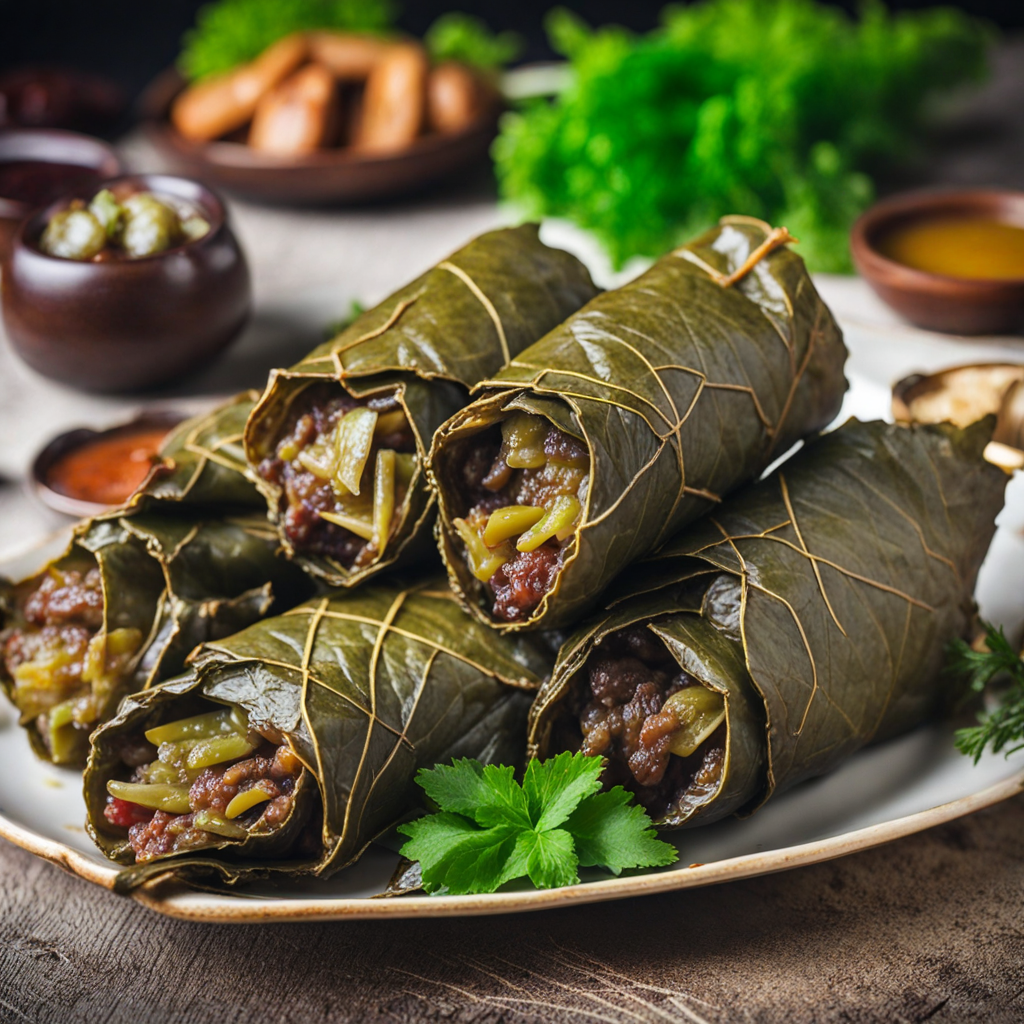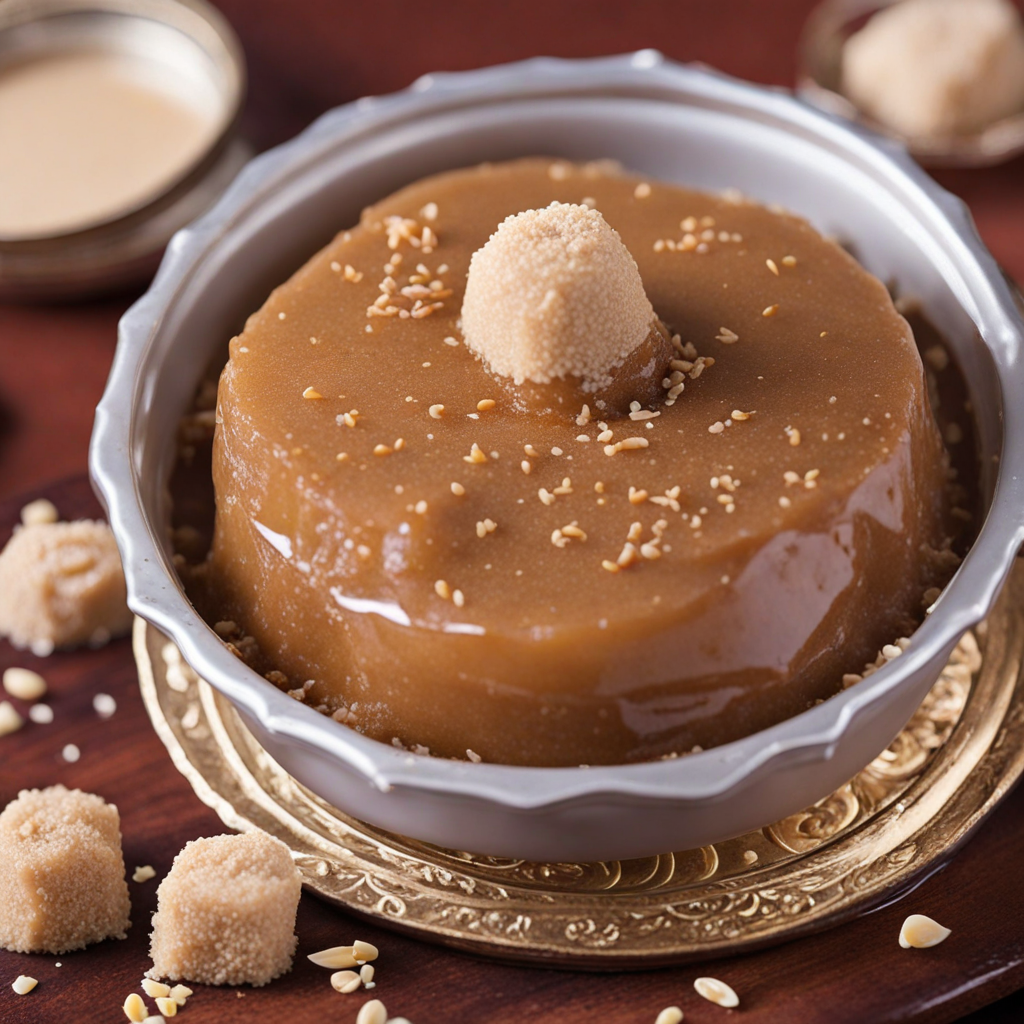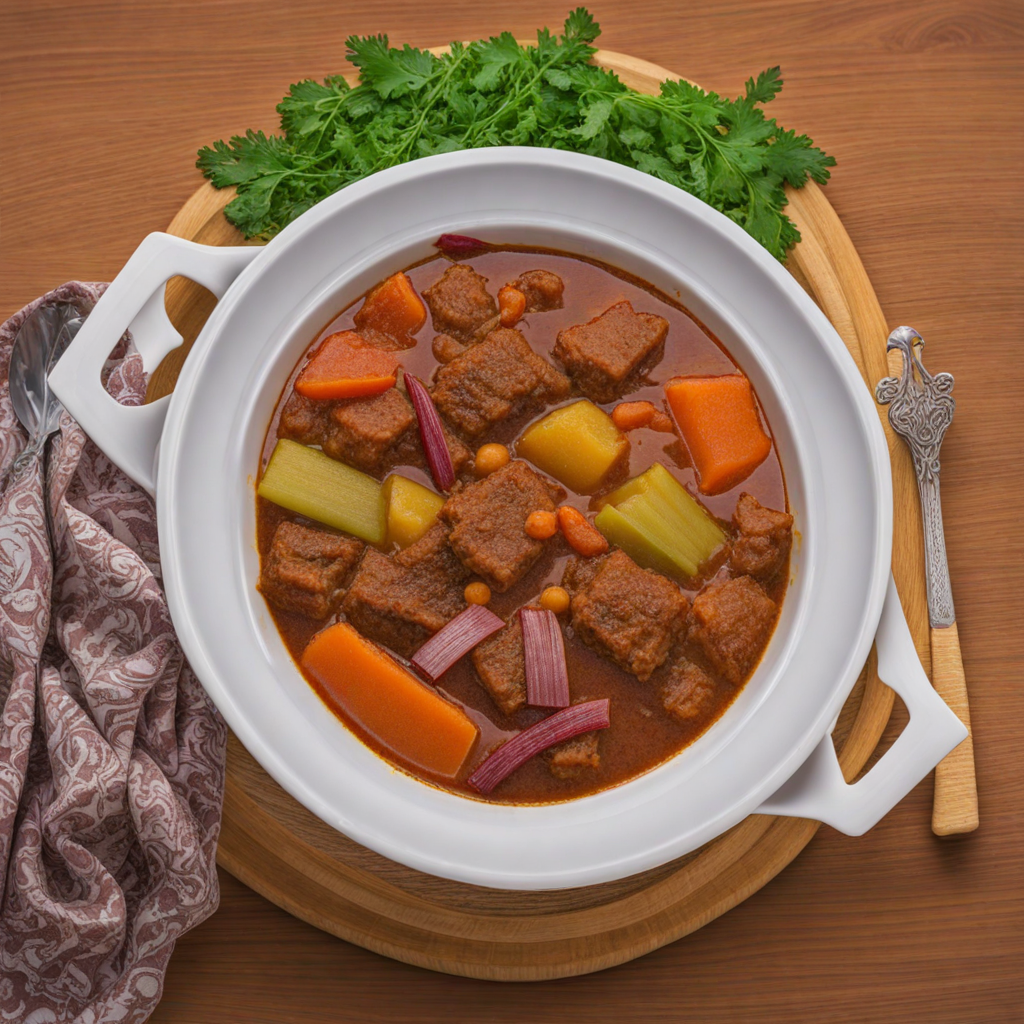Shakshouka
Shakshouka is a vibrant and flavorful dish that beautifully marries the rich culinary traditions of Qatar with its North African roots. At its core, Shakshouka features poached eggs nestled in a robust tomato sauce, spiced with a medley of aromatic seasonings such as cumin, paprika, and cayenne pepper. The sauce is often enhanced with sautéed onions, bell peppers, and garlic, creating a hearty base that is both comforting and invigorating. The vibrant red color of the tomatoes, coupled with the golden yolks of the eggs, makes for an enticing visual presentation that is as appealing to the eyes as it is to the palate. In Qatar, Shakshouka is often enjoyed as a breakfast dish, but its versatility allows it to be served at any meal of the day. It's commonly accompanied by warm, pillowy bread, perfect for scooping up the sauce and egg. The dish can also be customized with various ingredients, such as feta cheese, spinach, or even spicy sausages, reflecting local preferences and adding layers of flavor. Each bite offers a delightful combination of the tangy tomatoes, the creaminess of the eggs, and the warmth of the spices, inviting you to savor every mouthful. Shakshouka is more than just a meal; it embodies the spirit of communal dining and hospitality that is central to Qatari culture. Whether enjoyed at home or in a bustling café, sharing a skillet of Shakshouka with friends or family creates a sense of togetherness. As you explore this dish, you'll not only discover a new taste sensation but also a culinary experience that invites you to connect with the rich heritage of Qatar and its people.
How It Became This Dish
Shakshuka: A Culinary Journey from North Africa to Qatar Origins of Shakshuka Shakshuka, a dish consisting primarily of poached eggs in a spicy tomato sauce, is a culinary delight that has captured the hearts and palates of many across the globe. Its roots can be traced back to North Africa, particularly Tunisia, where it is thought to have originated as a simple yet hearty meal prepared with local ingredients. The name "shakshuka" itself is derived from the Arabic word "شَكْشُوكَة," which means "a mixture," alluding to the dish's blend of eggs, tomatoes, and spices. Historically, shakshuka reflects the agricultural landscape of North Africa, where tomatoes, peppers, and spices thrive. The dish likely emerged in the late 19th or early 20th century as a peasant food, characterized by its affordability and accessibility. The ingredients are often fresh, seasonal, and locally sourced, which speaks to the culinary practices of the region. As trade routes expanded and cultural exchanges flourished, shakshuka began to make its way beyond North Africa. It was embraced by Jewish communities, particularly those from Tunisia and Libya, who brought it to Israel in the early 20th century. In Israel, shakshuka became a staple, beloved by many for its versatility and ease of preparation. It is often served for breakfast but can be enjoyed at any time of day, which speaks to its adaptability and widespread appeal. Cultural Significance in Qatar In Qatar, shakshuka echoes the dish’s North African roots while also being integrated into the local culinary landscape. The Qatari food scene, characterized by a blend of traditional Bedouin cuisine and influences from various cultures due to its historical trade routes, has embraced shakshuka as a beloved dish. It is frequently enjoyed in homes and cafes, often accompanied by crusty bread for dipping. Shakshuka in Qatar is more than a meal; it symbolizes hospitality and communal dining. Sharing food is an integral part of Qatari culture, and shakshuka's communal nature makes it a favorite dish for gatherings with family and friends. It is often prepared in large skillets, allowing everyone to partake in the hearty, flavorful mix of eggs and sauce. The dish’s emphasis on fresh ingredients and bold flavors also resonates with the Qatari ethos of using high-quality, local produce. Moreover, shakshuka has found its place in Qatari brunch culture, a popular social activity where friends and family gather to enjoy leisurely meals together. Many cafes and restaurants now serve their unique takes on shakshuka, showcasing a variety of spices and ingredients that reflect both traditional and modern influences. Development Over Time As the culinary landscape of Qatar has evolved, so too has shakshuka. While the classic recipe primarily features tomatoes, eggs, and spices, contemporary interpretations have emerged, with chefs experimenting with different ingredients. Variations may include the addition of bell peppers, onions, or even feta cheese, creating diverse flavor profiles that cater to a wider audience. Such adaptations demonstrate the dish’s flexibility and its ability to evolve while still retaining its essence. The rise of global gastronomy has also played a significant role in the development of shakshuka in Qatar. As the country embraces international culinary trends, chefs are increasingly incorporating global influences into their dishes, resulting in fusion variations of shakshuka. For instance, some restaurants may add avocado or different types of cheese, while others may infuse the sauce with spices like za’atar or harissa, which further enhances the dish’s complexity. Additionally, the growing popularity of brunch culture in Qatar has led to an increased demand for shakshuka in cafes and restaurants. Many establishments now offer brunch menus that feature shakshuka as a highlight, often pairing it with artisan bread and unique sides, such as labneh or pickles, to create a more elaborate dining experience. Shakshuka and Modern Qatar Today, shakshuka stands as a testament to Qatar’s culinary diversity and its ability to blend tradition with modernity. The dish is not only a reflection of the country’s rich cultural heritage but also a symbol of its evolving culinary landscape. As Qatar continues to develop as a global dining destination, shakshuka remains a beloved staple that brings people together, fostering connections through shared meals. In recent years, food festivals and culinary events in Qatar have celebrated traditional dishes, including shakshuka, highlighting their significance in the local gastronomy. Chefs have begun to explore deeper cultural narratives through food, using shakshuka as a platform to tell stories of migration, adaptation, and the blending of cultures. This has further solidified the dish’s place in Qatar’s culinary identity. Moreover, the growing interest in sustainable and local eating is influencing how shakshuka is prepared and served. Many chefs are now prioritizing locally sourced ingredients, ensuring that the dish not only tastes great but also supports local farmers and producers. This movement towards sustainability aligns with Qatar’s broader goals of promoting food security and agricultural development. Conclusion Shakshuka’s journey from its North African origins to becoming a beloved dish in Qatar is a reflection of the rich tapestry of culture and history that defines the region. With its roots deeply embedded in agricultural practices, communal dining traditions, and adaptability to modern tastes, shakshuka has evolved into a culinary gem that continues to resonate with people of all backgrounds. As Qatar embraces its culinary heritage while simultaneously looking towards the future, shakshuka stands as a symbol of this balance—an enduring dish that celebrates the past while inviting innovation and creativity. Whether enjoyed at a bustling brunch spot or shared among family and friends at home, shakshuka embodies the spirit of hospitality, community, and the joy of good food. It remains a cherished part of Qatar's culinary narrative, inviting both locals and visitors to savor its rich flavors and the stories it tells.
You may like
Discover local flavors from Qatar







